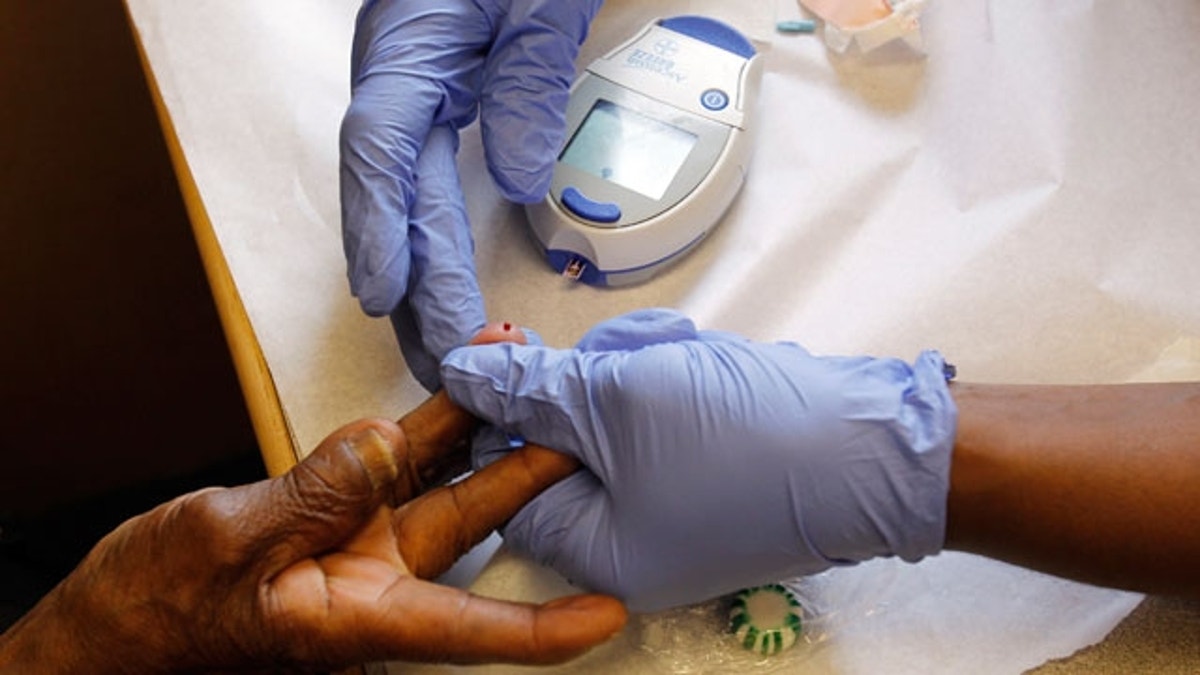
Keeping blood sugar under control is an essential part of diabetes care, but for patients in hospice, the goal is to provide the highest quality of life and that may mean less aggressive type 2 diabetes treatment, researchers say.
Even though diabetes care guidelines recommend a less aggressive approach to controlling blood sugar when individuals have a limited life expectancy, many hospice patients continue their blood sugar testing and diabetes medications.
"The usual process of dying involves eating less, so most patients with diabetes will need less and less medicine as their disease advances," said lead author Dr. Sei J. Lee, an associate professor of geriatrics at the University of California San Francisco.
Patients who continue to monitor their blood sugar with painful fingerprick tests, and keep up their blood sugar-lowering medications, are needlessly at risk of low blood sugar – hypoglycemia - when the main reasons for controlling high blood sugar no longer apply, the study team writes in the American Journal of Hospice and Palliative Medicine.
Lee and his coauthors examined the reasons that patients continue to receive diabetes treatment in hospice.
"Patients and families fear abandonment from their providers, and unless carefully explained, recommending less medicine may feel like they are receiving less care and attention," Lee told Reuters Health.
In addition, doctors have often counseled these patients for many years about the need to control their blood sugar more tightly. "Doing an ‘about-face’ and recommending controlling blood sugars less tightly may be uncomfortable to doctors," he said.
While aggressive treatment may be appropriate for young, healthy patients, it is almost never appropriate for hospice patients, the authors emphasize.
The main benefit of keeping blood sugar tightly controlled is to stave off damage to small blood vessels and the resulting complications, such as damage to the eyes and kidneys.
But the benefits of keeping a tight control on blood sugar are only seen after many years, Lee and his colleagues point out.
Many doctors and patients are also concerned that letting blood sugar get too high - hyperglycemia - may make the patient feel tired and sick. The authors point out, however, that little is really known about the level of hyperglycemia that can cause noticeable symptoms.
Lee and his colleagues call for more research on appropriate blood sugar levels for individuals with a limited life expectancy, but in the meantime they recommend more leeway for patients in hospice.
The overall position of this paper is consistent with that of the American Diabetes Association (ADA), said Dr. Samuel Dagogo-Jack, the ADA president for medicine and science.
"But just like this paper is unable to present very specific evidence, we also cannot give very rigid guidelines," he told Reuters Health. "The studies are just not there."
Dagogo-Jack noted that physicians who take care of patients in different settings need to individualize care. “For example, we can’t check blood sugar noninvasively,” he said.
“We have to stick the patient’s finger or draw blood from a vein. So when in hospice, we relax the goals of treatment and we also make the decision of what is rational as far as the frequency in testing blood sugar levels. We have to practice the principle of doing no harm and maximizing the comfort of the patient,” Dagogo-Jack said.
Lee and his coauthors recommend that doctors speak with patients enrolling in hospice and explain that as their illness progresses, their appetite will wane, and when that happens, using less (or no) diabetes medicines can prevent unwanted additional symptoms and keep patients most comfortable.
